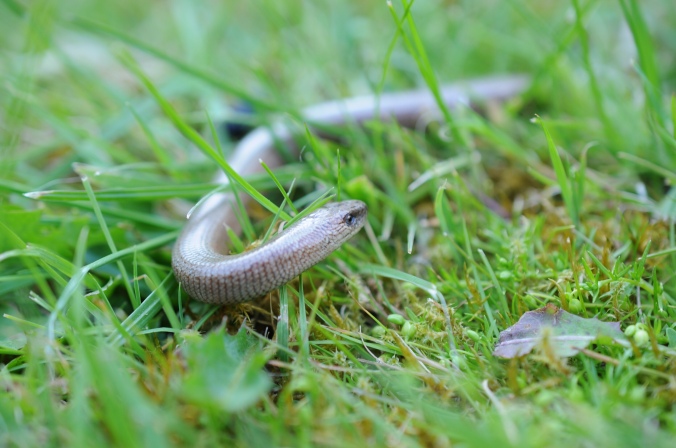In the UK we only have a handful of native amphibians and reptiles. It is for this reason that they tend to get lumped together even though they are very different animals with very different life histories, preferences and habitat requirements. The UK Amphibian and Reptile Conservation Trust (a leading conservation and campaign group in the UK) happily champions both groups, and the term for a specialist in this area is a ‘herpetologist’ (a great word, no?). Given that the British Herpetological Society was founded in 1947 it seems this grouping of cousins is set to stay. For clarity though, they are distinct orders and have evolved ecologically distinct features from each other.
Here in Devon we are on the edge of the suitable habitat range for newts (if you really want to read more about this you can start here) and are miles away from the UK’s isolated populations of natterjack toads, pool frogs, smooth snakes, and to some extent, sand lizards (though I think I once found one on Dartmoor…maybe). So as a quick rule of thumb if it doesn’t have common in front of it’s name I am fairly unlikely to see one here – think Common Frog, Common Toad and Common Lizard. There are also a few snakes that are fairly ubiquitous across the south of the UK – like the grass snake and adder. Then you have the weird cousin – the slow-worm. It’s not a worm. And while we are at it, it isn’t slow either. It might be cold blooded, dependent on the sun’s heat to power it’s body, thus making it slower at cooler temperatures but this dependency is common among other organisms that aren’t branded as ‘slow’ – why the misnomer? Not sure. It is also, incorrectly, called the blind worm. I think someone had it in for one of these guys.

Slow worm, Devon. Photo credit: Em
Finding one in my garden was a real treat. Towards the end of the day this heat loving lizard was starting to slow down again as the cooler air lowered it’s body temperature and it was much easier to observe than if it had been at full charge. At around 15cm long and a pale bronze colour this was almost certainly a juvenile. The adult males can get some very attractive blue spots on as they mature – something I really want to see! My field guide helpfully advises that smaller slow-worms could be mistaken for earth-worms. Politely, I suggest that this might imply you aren’t looking close enough at your worm. The slow variety has a clearly defined, blunt shaped head. The earth variety has no clearly defined head and a lumpy belt (clitelum). Their mode of movement is also completely different. As a lizard the slow-worm moves like a snake. The earth-worm moves with peristaltic-like waves of the circular and longitudinal muscles in its body. As if in protest of this inferred mistaken identity slow-worms do their best to eat all the earth-worms (as well as slugs) just to avoid any ambiguity.
Em


